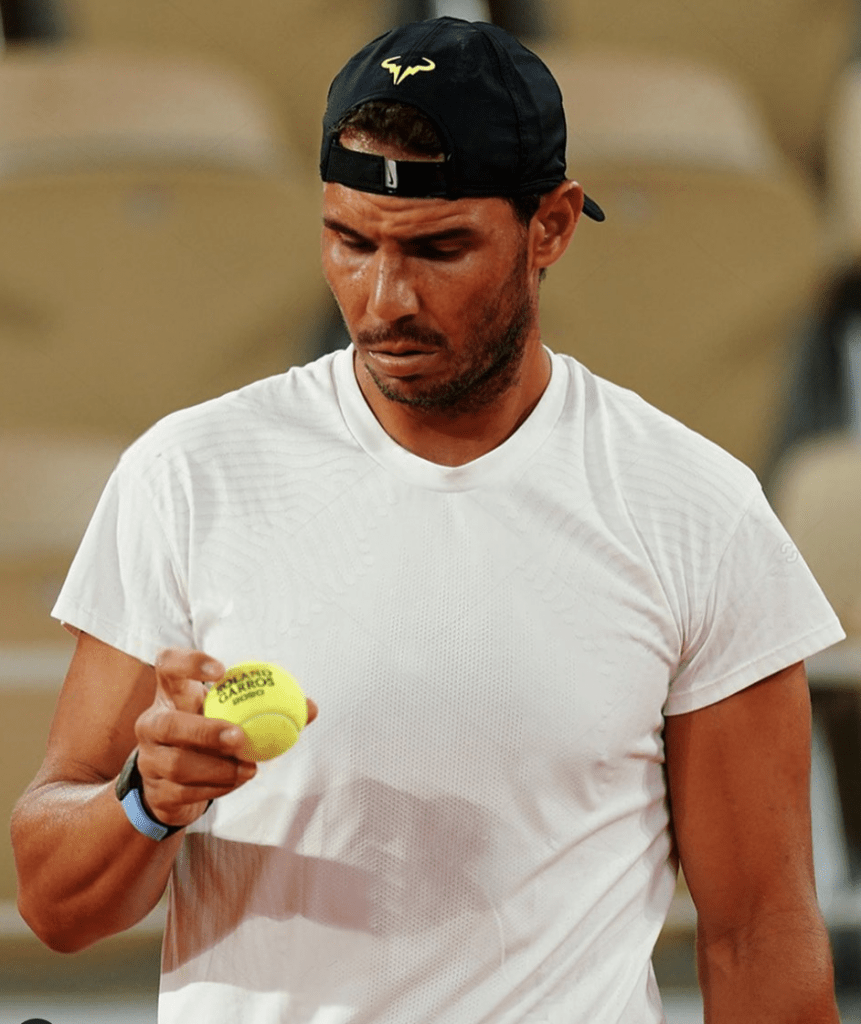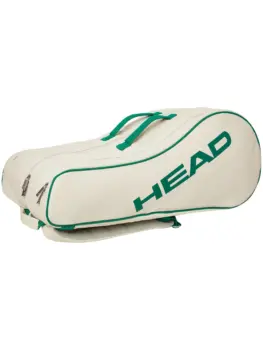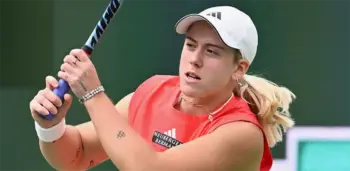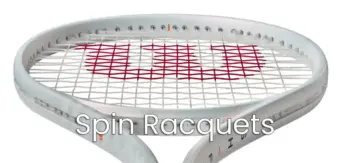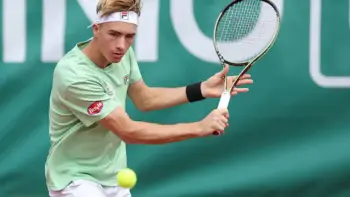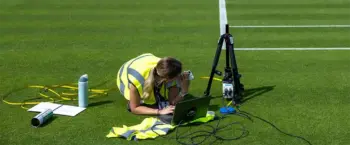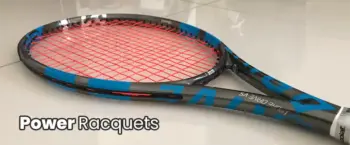The amount of injuries on the pro tours of tennis is increasing. Many blame the balls. They say: No new balls, please.
No New Balls, Please
The tennis ball debate on the pro tours is back in action. Professional tennis players travel the world to play new tournaments every week. They must adapt to new conditions, a new surface, food, time zones (sometimes), and balls. It’s a lot to ask, but the main issue recently has been that the constant change of balls brings injuries.
Taylor Fritz went on Twitter to say that he has had wrist issues since the US Open due to a series of ball changes.
He is not alone in this complaint. Daniil Medvedev and Stefanos Tsitsipas commented similarly at the start of the year, saying the Dunlop balls used at the Australian Open were too heavy.
Zisou Bergs, ATP top 200 player said: “I think it’s time to look carefully at the fact that many players are getting wrist injuries, which could possibly be prevented by not changing the balls every week.”
Why are there new balls every week?
If you don’t play a lot of tennis, you might not think that changing balls is much of an issue. But if you play daily or close to it, you will detect small equipment changes easily. Many pros can feel a few grams on their racquet, a few lbs on their string tension, and the difference in weight and feel of a different ball. The ATP introduced slower balls some years back to reduce the impact of the serve. The idea was to ensure longer rallies in support of entertainment. They did this also with the courts. The courts, overall, have slowed down—everything from the grass at Wimbledon to the many hard court events around the world.
The issue with introducing slower balls and courts is that the rallies get longer and more physically taxing. The heavier balls can create issues for the player’s wrists, elbows, and shoulders. Tennis is reaching a point where the equipment might need new rules or standardizations to prevent further health problems for the players.
Using a standard ball would help—at least one ball per quarter, surface, or part of the season. As it is now, the ball/gear sponsor of that event will select the ball, and players need to get used to it.
What about courts?
Courts have become more and more similar in terms of speed. Faster courts have slowed down significantly over 10-20 years. Keen to hear whether you think that is a good or bad thing. There may be something to be said for maintaining the difference in speeds in terms of courts. Players with big serves and more aggressive games would love to have some more faster court tournaments. Medvedev, one of the best hardcourt players in the world, even complained that some hardcourt events play more like clay courts due to reduced court speed.
Since the players are better at defending than ever before, the rallies can almost become comically long and grueling. Great for crowd engagement (maybe), but what about player health? And there is some fun in seeing contrasting court speeds throughout the tennis season. Tennis used to be a sport where there were court specialists. That has pretty much disappeared. Is it good or bad? Discuss!
What are the best balls?
The tennis balls you use are a matter of taste. We have created some content illustrating the difference in tennis balls and chiming in on our favorites.
The History of Tennis Balls
What tennis balls should you use?
We tested loads of tennis balls
Our favorites right now are Dunlop Fort All Court and HEAD Tour XT (branded as PENN Tour in the US, I think). But there are many good balls out there. I like a heavier, slower ball, while some might like more springiness and bounce.
What is your favorite tennis ball at the moment and why? And do you think the professional tennis tours should stick to one ball?
